On Aug. 28, 2016, six NASA scientists walked outside for the first time in a full year.
They stepped out, the morning fog just beginning to clear over the barren hills, having spent the last 365 days living in a 36-foot-diameter geodesic dome nestled in the volcanic mountains of Hawaii — the closest Earthly analog for the landscape of the planet Mars.
The longest space travel simulation ever conducted in the United States was complete.
The team emerging from their research habitat in Mauna Loa, Hawaii. Image via University of Hawaii news/YouTube.
Why spend a year in simulated space?
If we ever send human beings to Mars, they'll be on their own for a long time.
Exactly how long depends on the position of the planets, what technology and innovations are in place at the time, and countless other variables, but even the most conservative estimates assume the round-trip-plus mission-time from Earth to Mars will take multiple years.
The HI-SEAS Mission Habitat. Image via University of Hawaii News/YouTube.
The Hawaii Space Exploration Analog and Simulation (or HI-SEAS) was designed to find out exactly what happens to human beings when they're forced to live in a small NASA-designed habitat for an extended period of time with their only walks outside confined to a spacesuit.
"The purpose of it is to find out everything that can go wrong before it does go wrong," Mission Commander Carmel Johnston explained over the phone.
HI-SEAS IV Commander Carmel Johnston. Photo courtesy of Carmel Johnston.
Would there be in-fighting? Depression? Would astronauts start seeing the walls move? NASA needs to know in order to best prepare for future Mars missions.
Think back on the past year — while you were experiencing your everyday life, six researchers were experiencing it (on a delay) from inside a literal bubble.
When the HI-SEAS scientists did receive news from the outside world, it was significantly delayed to simulate the amount of time it would take for information to travel from Earth to Mars. That's a lot of news to be behind on too.
"We’d hear about the terrorism attacks and people dying and all of these terrible things secondhand and way after the fact," recalls Johnston. "So it was still disturbing to hear about them but we couldn’t do anything; we were stuck in the dome not able to help in any way."
Image via University of Hawaii News/YouTube.
Crew member Sheyna Gifford even lost her grandmother while living in the habitat.
"I said goodbye to my grandmother over a delayed video message,” Gifford told the Huffington Post. "That’s not something any of us ever want to do."
The time spent in the HI-SEAS dome wasn't all doom and gloom, however.
"You get into a routine," Johnston said, explaining that the researchers kept themselves busy with daily research tasks, habitat upkeep, meal prep and cooking, regular exercise, and answering emails from family and friends when they could.
Image via NewsBeat Social/YouTube.
And yes, she says, there was plenty of time left for goofing around too.
Tristan Bassingthwaighte — the crew architect and self-appointed prankster — prides himself on always keeping his fellow crewmates on their toes.
"One of the crew members would always leave their tea out," Bassingthwaighte said, proudly recalling one of his best pranks. "They left it everywhere, usually in the microwave. You’d go to put something in in the morning and knock tea everywhere."
Tristan Bassingthwaighte, resident prankster and "Doctor Who" fan. (Unlike the TARDIS, the dome was unfortunately not bigger on the inside). Photo courtesy of Carmel Johnston.
When that crew member went to bed, Tristan snuck into the kitchen and put the cup of tea in the freezer. Then he snuck back down early in the morning to take it out.
"To this day they're convinced that the temperature dropped below freezing in the habitat," he said, delighted.
Now that they're "back on Earth," the six members of the HI-SEAS experiment will spend the next few days re-adjusting.
They'll be catching up with friends and family and enjoying some long-awaited conversations with people other than each other.
"Any new face or voice is kind of like a little present at this point," Bassingthwaighte said.
Most importantly, they'll be presenting an unprecedented amount of data and findings to NASA from their year-long mission.
Mars. The real one. Photo via NASA/Getty Images.
"What we gave the researchers to look at, for however many months it takes them to analyze the data, is just invaluable," said Commander Johnston. "It’s gonna be so much information and it’s gonna be geared towards helping all the future astronauts."
With a year of simulated martian life under her belt, if given the chance, would Johnston be interested in going to Mars for real?
"If I was asked, I certainly would go," Johnston said of a trip to the red planet. "But I think that my role is gonna be more the supportive role of finding out how to better support astronauts and how to get them the stuff that they need in order to be successful. And I’m OK with that because it’s still super cool."




 Beaver on riverbank.
Beaver on riverbank.  Pbs Nature Swimming GIF by Nature on PBS
Pbs Nature Swimming GIF by Nature on PBS  An actual beaver dam on the now-thriving Price River
An actual beaver dam on the now-thriving Price River 
 Who doesn't love Pluto?
Who doesn't love Pluto?  Pluto agrees.
Pluto agrees. 
 Woman in denim jacket covers face with sleeve, standing outdoors with blurred background.
Woman in denim jacket covers face with sleeve, standing outdoors with blurred background. Woman with outstretched arms in a sunlit field, enjoying the outdoors.
Woman with outstretched arms in a sunlit field, enjoying the outdoors. Lush forest with vibrant green and orange foliage in soft, misty sunlight.
Lush forest with vibrant green and orange foliage in soft, misty sunlight.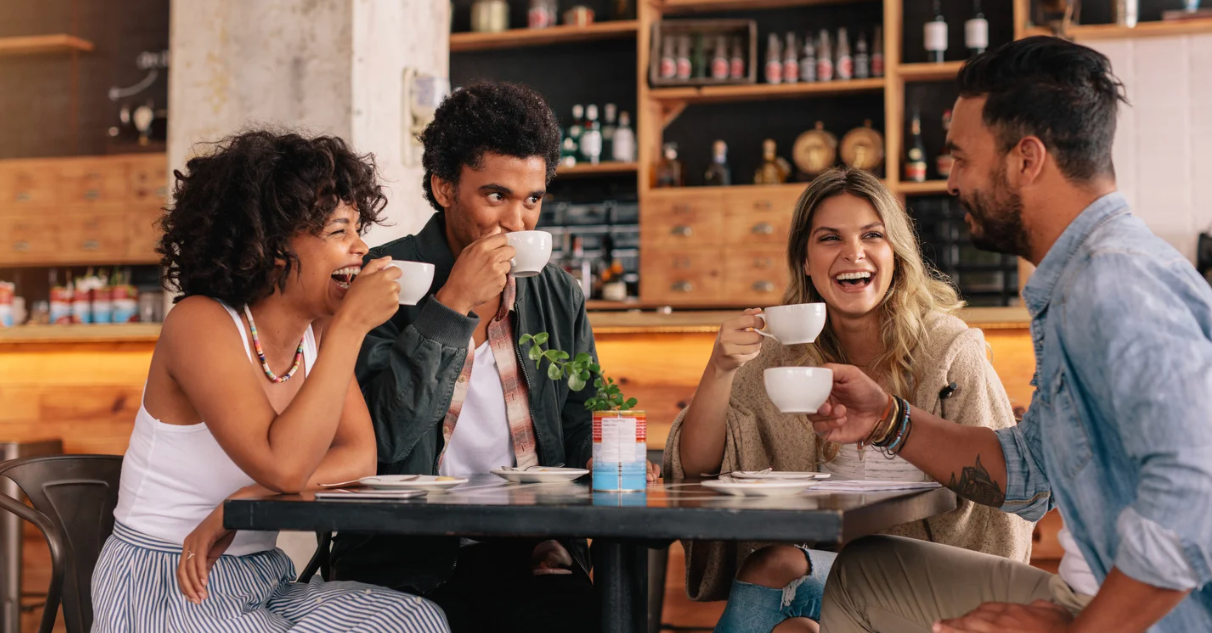 Friends laughing and drinking coffee at a cozy cafe table.
Friends laughing and drinking coffee at a cozy cafe table. Woman with curly hair in sunlight, eyes closed, wearing a purple top.
Woman with curly hair in sunlight, eyes closed, wearing a purple top.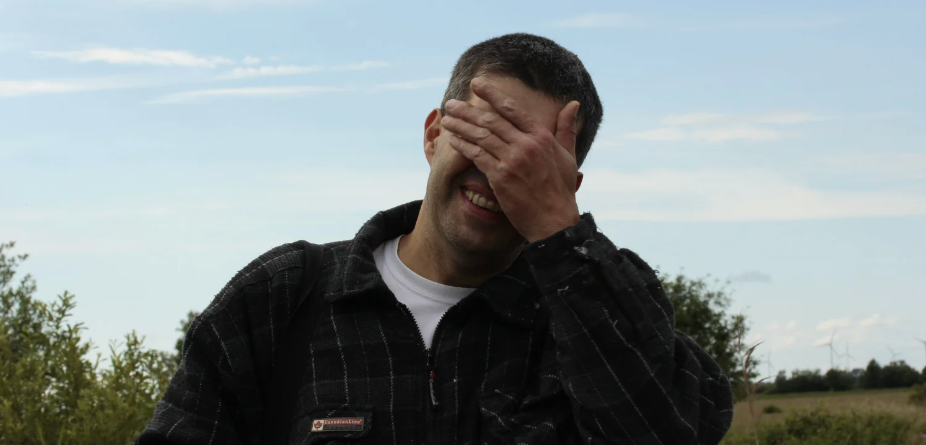 Man smiling with hand over face, standing outdoors against a blue sky background.
Man smiling with hand over face, standing outdoors against a blue sky background. Hand painting a still life on canvas with blue and orange tones.
Hand painting a still life on canvas with blue and orange tones.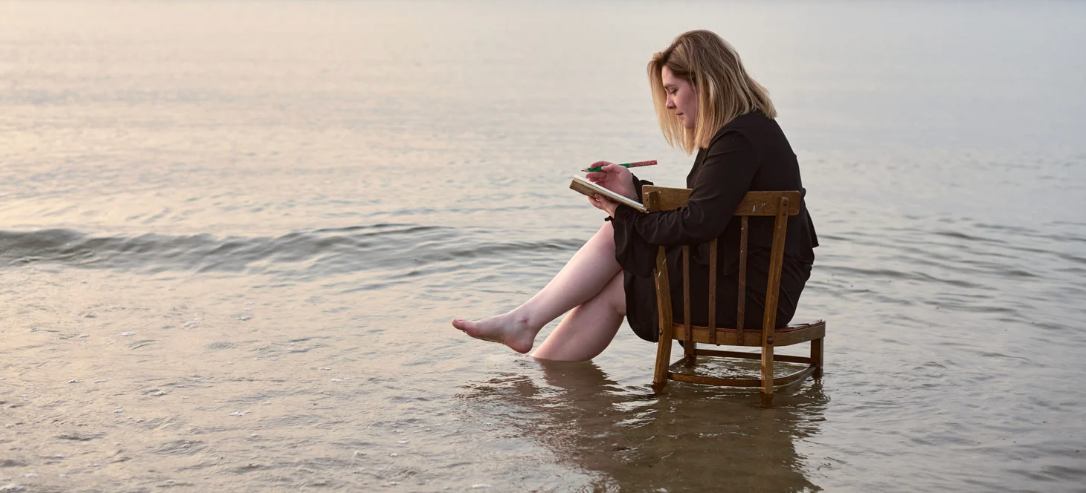 Woman sitting on a chair in the water, writing in a notebook at sunset.
Woman sitting on a chair in the water, writing in a notebook at sunset.
 "Bought an espresso machine, took some time to learn how to dial it in and pull a proper shot."
"Bought an espresso machine, took some time to learn how to dial it in and pull a proper shot." "Frozen meals are just as unhealthy, but much cheaper."
"Frozen meals are just as unhealthy, but much cheaper." "I’ve embraced the gray!"
"I’ve embraced the gray!"  "Bidet toilet seat is cheap, easy to install, much easier and faster to use."
"Bidet toilet seat is cheap, easy to install, much easier and faster to use."
 American portion sizes are colossal.Canva Photos
American portion sizes are colossal.Canva Photos American public restrooms aren't very private.Canva Photos
American public restrooms aren't very private.Canva Photos Cashiers in America stand all shift long.Canva Photos
Cashiers in America stand all shift long.Canva Photos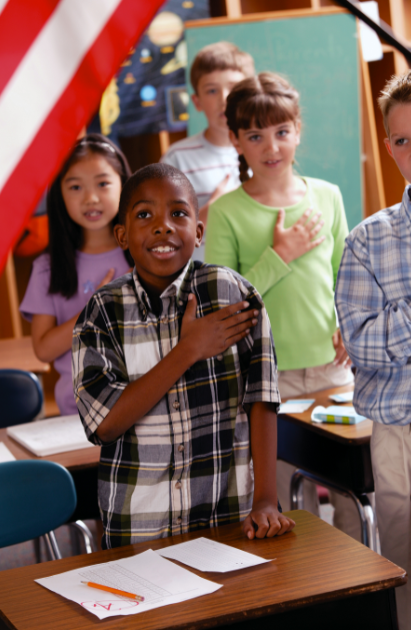 America loves the Pledge of Allegiance.Canva Photos.
America loves the Pledge of Allegiance.Canva Photos.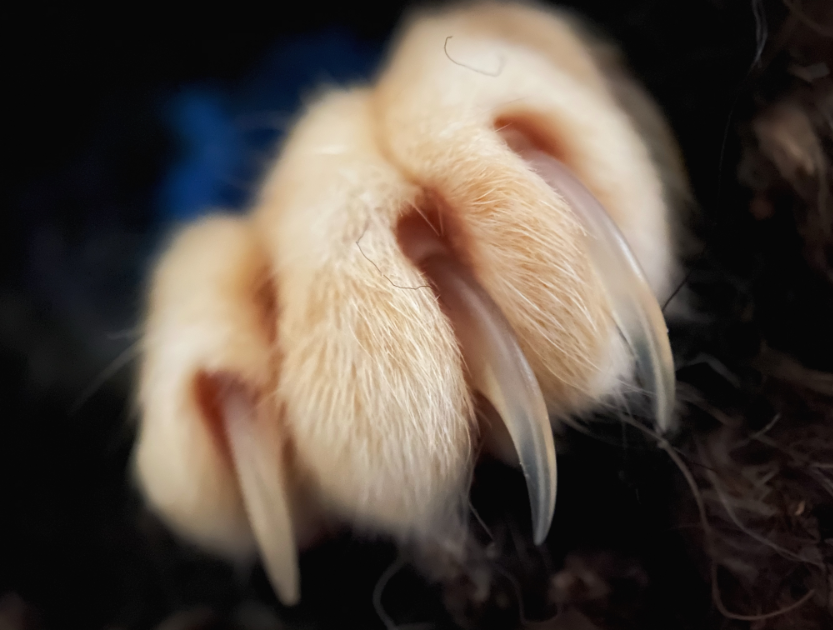 Cosmetic surgeries on pets are...a choice.Canva Photos.
Cosmetic surgeries on pets are...a choice.Canva Photos. America loves extra sugar in savory foods.Canva Photos.
America loves extra sugar in savory foods.Canva Photos.